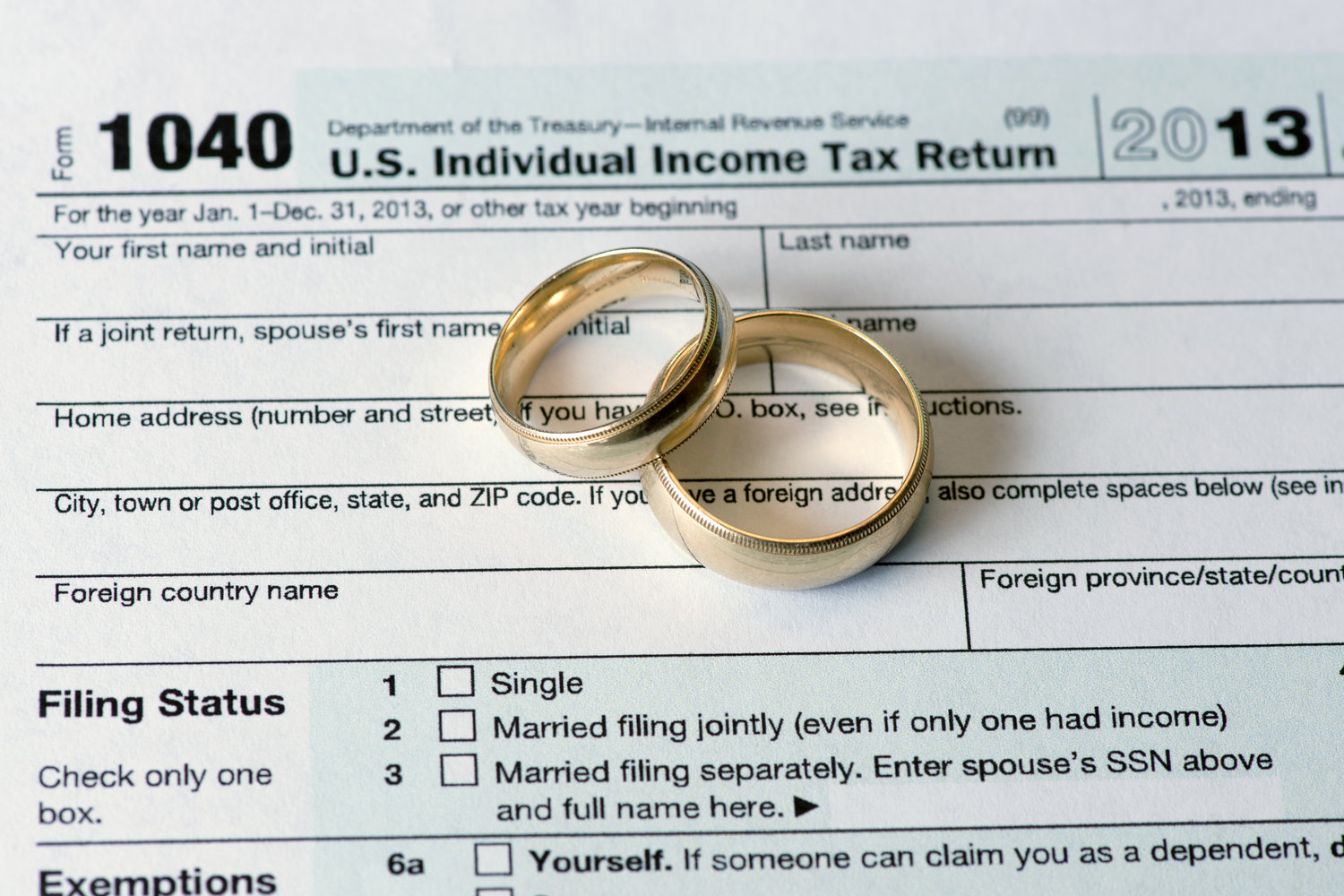The Importance of Tax Planning
October 24, 2016
Many people use the term “tax planning,” but it is often misunderstood. It is the art of learning how to manage your affairs in ways that postpone or avoid taxes. Skilled tax planning means more money to save and invest, and it can make the tax season more of a financial boost instead of a financial burden. As explained well by Wealth Plan: “tax planning means either deferring or avoiding taxes by taking full advantage of the beneficial tax-law provisions, increasing tax deductions and tax credits, and by making good use of all applicable breaks that are available under the Internal Revenue Code.”
Strategies are typically designed and employed to achieve goals--a series of steps undertaken to accomplish an intended end. Of course, strategies within the realm of tax planning are undertaken to achieve financial goals primarily, but they are also employed to achieve business goals. If your tax planning strategies are effective, they should successfully accomplish, or at least address, the following goals:
1. Lower your amount of taxable income
2. Reduce the rate at which you are taxed
3. Empower you to control when taxes get paid
4. Ensure you get all credits available to you
5. Put you in charge of the Alternate Minimum Tax
Note the following sample of strategies intended to reduce one’s tax liability, as noted by Cash Cow:
-
Maximize Retirement Contributions: Deferral of taxation is one of the most common and useful tax strategies for individuals who are currently in a high tax bracket, but if you follow this path anticipate being in a lower tax bracket at some point in the future when withdrawals (distributions) are taken.
-
Harvest Investment Losses: You can offset unlimited investment gains, and up to $3,000 of ordinary income each year by selling your investments that have lost value. If your losses exceed your gains and the $3,000 of ordinary income, you can carry them over to be used in future tax years.
-
Consider Charitable Gifts: This strategy is only useful if you can itemize your tax deductions (most often due to mortgage interest deductions), and plan on making donations. Appreciated assets are some of the most tax-efficient charitable donations. Donating these assets will allow you to avoid paying capital gains on the appreciation.
-
Invest In Municipal Bonds: Some high income earners are now subject to the 3.8% Medicare surtax on all investment income. Municipal bonds avoid this additional tax, and typically avoid all Federal and State income taxes. That means the tax equivalent yield (the yield an investor would require from a taxable bond) has increased for those taxpayers, making muni-bonds more attractive.
There are other creative ways to achieve effective tax planning, including these two tips from My CPA Team:
-
Gifting Assets to Your Children: You can gradually take money out of your estate by giving it away. If your estate is larger than the normal exclusion amount, you can reduce its value by giving away $14,000 per year to each of your children, grandchildren, or anyone else without paying federal gift taxes. Your spouse can gift money as well, thus allowing a total $28,000 gifting capability between the two of you each year per recipient.
-
Deduct a Home-Based Office When Used for Your Employer: People who work for companies whose headquarters or branch offices are not located in the same city as the employee, or outside salespeople who often use their home office as a base, can often use these deductions. There are rules that must be followed in these cases, however, and it is wise to consult a professional before diving into the details.
In conclusion, you might be able to see that the tax planning process is not something that can be done in one day at the last minute. Time must be invested throughout the year to identify opportunities for savings as well as effective solutions to accomplish your tax planning goals.
Image courtesy of Tax Credits @ Flickr






